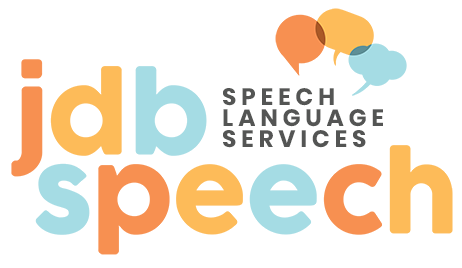What is AAC Modeling?
And 3 Tips to be More Effective
The average 18-month-old child has been exposed to 4,380 hours of oral language at a rate of 8 hours/day from birth. A child who has a communication system and receives speech/language therapy two times per week for 20-30 minute sessions will reach this same amount of language exposure in 84 years.”– Jane Korsten, M.A. SLP
Children who communicate verbally typically have access to so many models of how their language could be used. Why should it be any different for children who use their language through alternative means? Modeling via AAC (Augmentative and Alternative Communication) isn’t any different from modeling verbally.
It’s important to remember to begin by just beginning. You still model those same commonly used core vocabulary words, just combined with visuals depending on each child’s specific needs. Think of any time you’ve played with a child under the age of 3. You naturally tend to narrate everything you do. “The car is going! She goes up the stairs. Uh oh, you fell down.” While using an AAC system, look at the setup and look at the words in front of you, and find the easiest way to convey what you are trying to say. Maybe instead of “the car is going” you may say “it go”; the meaning is still the same and you used core vocabulary. “Core vocabulary” refers to the small set of basic words in any language that are used frequently and across contexts (Cross, Baker, Klotz and Badman, 2006).
A few tips to help you get started with modeling:
Just begin! Start with the home page and try not to be afraid you will mess it up. You won’t do anything that can’t be undone.
Model without requiring a response: Showing them how to use their communication system to convey what they want to convey. When you verbally say “The car is going” during play, do you stop playing and make a child repeat you? No; you are just there to expose them to language and attach words to their actions, modeling with AAC is the same.
Practice by yourself and get siblings involved: Put yourself on vocal rest for a while and try using their communication system, you will find ways to say things that you may normally not think about, but will be important for your child.

